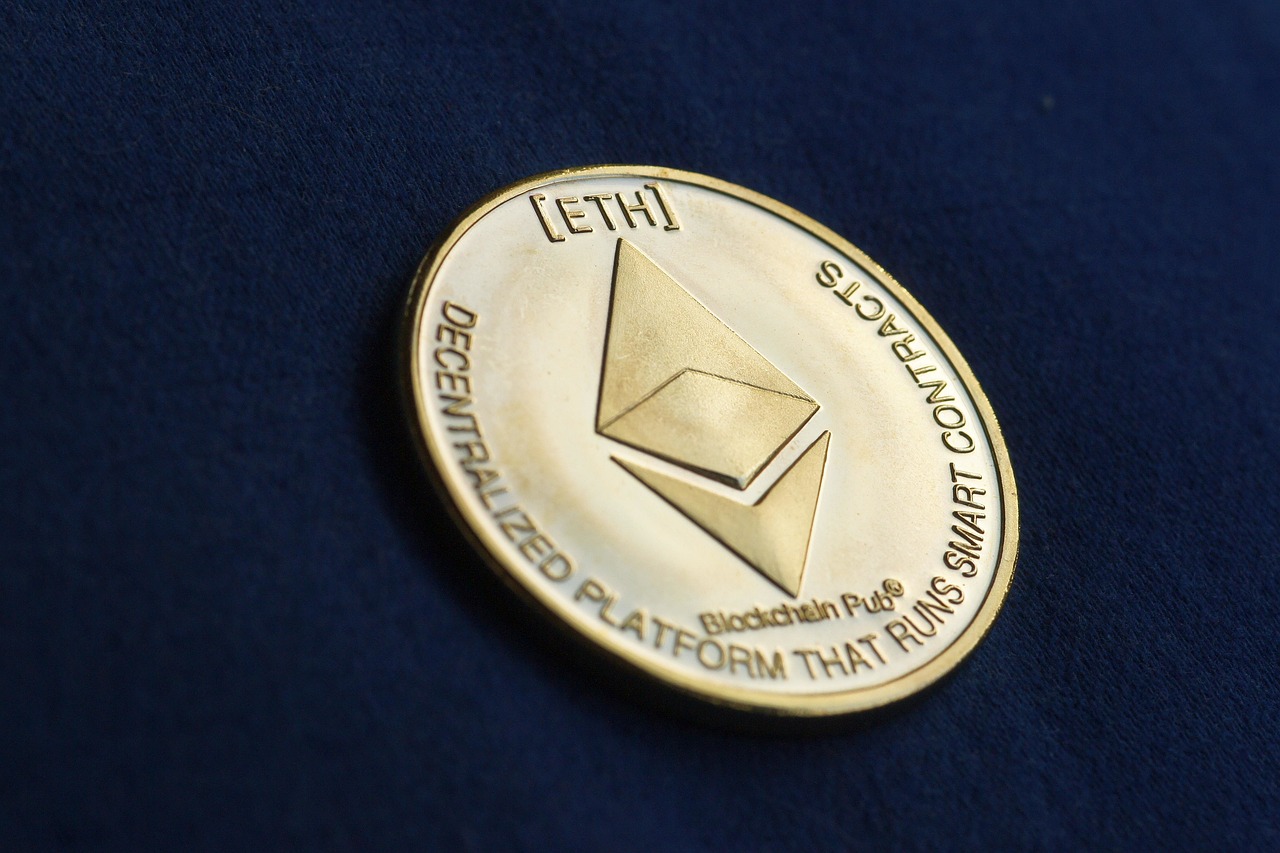Crypto assets have exploded in popularity, transforming from a niche interest into a mainstream financial topic. Whether you’re a seasoned investor or simply curious about the digital revolution, understanding crypto assets is crucial in today’s world. This guide provides a comprehensive overview of crypto assets, covering their types, how they work, and key considerations for navigating this exciting and rapidly evolving landscape.
What are Crypto Assets?
Defining Crypto Assets
Crypto assets are digital representations of value or contractual rights that rely on cryptography for security. They are decentralized, meaning they are not controlled by a single entity like a central bank. Instead, they typically operate on a distributed ledger technology (DLT), most commonly a blockchain.
For more details, see Investopedia on Cryptocurrency.
- Unlike traditional assets, crypto assets exist primarily in the digital realm.
- They leverage cryptography to secure transactions and control the creation of new units.
- Their decentralized nature aims to provide transparency and immutability.
Key Characteristics of Crypto Assets
Several features distinguish crypto assets from traditional financial instruments:
- Decentralization: No central authority controls the asset or network.
- Cryptography: Secures transactions and controls the creation of new units.
- Transparency: Transactions are recorded on a public ledger (blockchain).
- Immutability: Once a transaction is recorded, it’s extremely difficult to alter.
- Limited Supply (often): Many crypto assets have a predetermined maximum supply, aiming to create scarcity. Example: Bitcoin’s limit of 21 million coins.
Actionable Takeaway: Understand these core characteristics before investing in any crypto asset. These features influence its value proposition and risk profile.
Types of Crypto Assets
Cryptocurrencies
Cryptocurrencies are designed to function as a medium of exchange, similar to traditional currencies, but in a digital format. Bitcoin (BTC) is the most well-known example, but there are thousands of others.
- Bitcoin (BTC): The first and most widely recognized cryptocurrency, often considered a store of value.
- Ethereum (ETH): Beyond a currency, it also serves as a platform for decentralized applications (dApps) and smart contracts.
- Litecoin (LTC): Designed for faster transaction confirmations than Bitcoin.
- Ripple (XRP): Focuses on facilitating international money transfers.
Stablecoins
Stablecoins are cryptocurrencies pegged to a stable asset, such as the U.S. dollar or gold, to minimize price volatility. This makes them more suitable for everyday transactions and as a safe haven during market downturns.
- Tether (USDT): Pegged to the U.S. dollar on a 1:1 basis.
- USD Coin (USDC): Another USD-backed stablecoin, known for its regulatory compliance.
- Dai (DAI): A decentralized stablecoin pegged to the USD using collateralized debt positions.
Utility Tokens
Utility tokens provide access to a specific product or service on a blockchain platform. They’re not necessarily designed as currencies but rather as keys to unlock features within a particular ecosystem.
- Basic Attention Token (BAT): Used to reward users and publishers within the Brave browser ecosystem.
- Chainlink (LINK): Provides data feeds and oracles for smart contracts.
- Filecoin (FIL): Allows users to rent out their unused storage space on a decentralized network.
Security Tokens
Security tokens represent ownership in an underlying asset, such as stocks, bonds, or real estate. They are subject to securities regulations and offer a digitized way to invest in traditional assets.
- Security tokens offer the potential for fractional ownership and increased liquidity compared to traditional securities.
- They can automate dividend payments and other corporate actions through smart contracts.
- Example: A token representing shares in a real estate investment trust (REIT).
Non-Fungible Tokens (NFTs)
NFTs are unique digital assets that represent ownership of a specific item or piece of content, such as art, music, or collectibles. They are non-interchangeable, meaning each NFT is distinct and cannot be replaced by another.
- Digital Art: NFTs have revolutionized the art world, allowing artists to sell their work directly to collectors.
- Collectibles: Digital trading cards, virtual land, and other collectibles are popular NFT use cases.
- Gaming: NFTs can represent in-game items, characters, and virtual real estate.
Actionable Takeaway: Diversify your knowledge across different crypto asset types to understand their unique use cases and investment potential.
How Crypto Assets Work
Blockchain Technology
The backbone of most crypto assets is blockchain technology. A blockchain is a distributed, immutable ledger that records all transactions in a secure and transparent manner. Blocks of data are linked together chronologically, forming a “chain” that is resistant to tampering.
- Each block contains a set of transactions, a timestamp, and a cryptographic hash of the previous block.
- The decentralized nature of the blockchain ensures that no single entity controls the ledger.
- Consensus mechanisms, such as Proof-of-Work (PoW) or Proof-of-Stake (PoS), are used to validate new blocks.
Cryptographic Principles
Cryptography plays a crucial role in securing crypto assets and verifying transactions.
- Hashing: Transforms data into a fixed-size string of characters (hash) to ensure data integrity.
- Digital Signatures: Use private keys to sign transactions and public keys to verify them, ensuring authenticity and non-repudiation.
- Encryption: Protects data from unauthorized access by converting it into an unreadable format.
Consensus Mechanisms
Consensus mechanisms are algorithms that ensure all participants in a blockchain network agree on the validity of new transactions and blocks. Common mechanisms include:
- Proof-of-Work (PoW): Requires miners to solve complex computational problems to validate transactions and create new blocks. Bitcoin uses PoW.
- Proof-of-Stake (PoS): Validators are selected to create new blocks based on the number of tokens they hold and are willing to “stake” as collateral. Ethereum has transitioned to PoS.
- Delegated Proof-of-Stake (DPoS): Token holders vote for delegates who validate transactions and maintain the blockchain.
Actionable Takeaway: Research the consensus mechanism of any crypto asset you’re considering, as it directly impacts its security, scalability, and energy consumption.
Risks and Considerations
Volatility
The crypto market is known for its high volatility, with prices subject to significant fluctuations in short periods. This can result in substantial gains, but also significant losses.
- Be prepared for rapid price swings and avoid investing more than you can afford to lose.
- Use risk management strategies, such as stop-loss orders, to limit potential losses.
Security Risks
Crypto assets are vulnerable to various security threats, including:
- Hacking: Exchanges and wallets can be targeted by hackers, leading to the theft of funds.
- Phishing: Scammers may attempt to steal your private keys or login credentials through deceptive emails or websites.
- Malware: Malicious software can compromise your computer or mobile device and steal your crypto assets.
To mitigate these risks:
- Use strong, unique passwords and enable two-factor authentication.
- Store your crypto assets in a hardware wallet or secure offline storage.
- Be cautious of suspicious emails, links, and attachments.
- Keep your software up to date and use reputable antivirus software.
Regulatory Uncertainty
The regulatory landscape for crypto assets is still evolving, and regulations vary significantly across different jurisdictions. This uncertainty can create legal and compliance risks.
- Stay informed about the latest regulatory developments in your country.
- Consult with legal and tax professionals to ensure compliance with applicable laws.
Scams and Fraud
The crypto market is rife with scams and fraudulent schemes, including:
- Ponzi schemes: Promising high returns with little to no risk.
- Pump-and-dump schemes: Artificially inflating the price of a crypto asset and then selling it off for a profit.
- Initial Coin Offering (ICO) scams: Raising funds for fraudulent projects with no intention of delivering on their promises.
To avoid scams:
- Do your own research and be wary of projects that promise unrealistic returns.
- Avoid investing in projects with anonymous teams or unclear business models.
- Be skeptical of unsolicited investment advice or promotions.
Actionable Takeaway: Prioritize security, stay informed about regulations, and be vigilant against scams to protect your crypto assets.
Conclusion
Crypto assets offer a compelling alternative to traditional financial systems, with the potential for innovation, decentralization, and increased financial inclusion. However, they also come with inherent risks that require careful consideration. By understanding the different types of crypto assets, how they work, and the associated risks, you can make informed decisions and navigate this exciting and rapidly evolving landscape responsibly. Remember to prioritize security, stay informed about regulations, and always do your own research before investing in any crypto asset.
Read our previous article: Quantum Computings Ethical Tightrope: Navigating Algorithmic Bias




